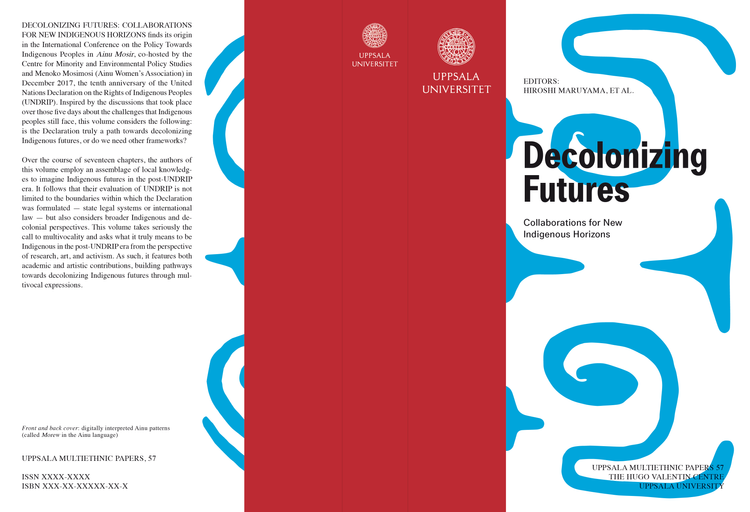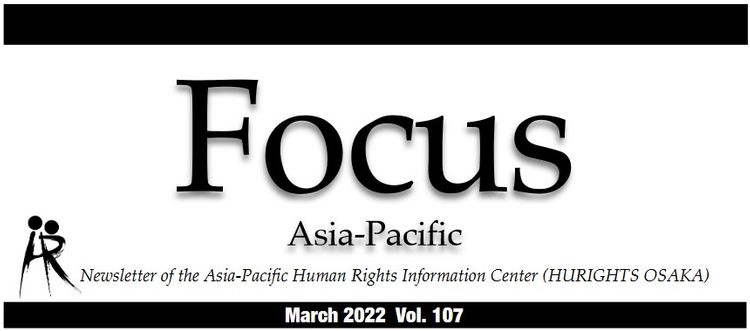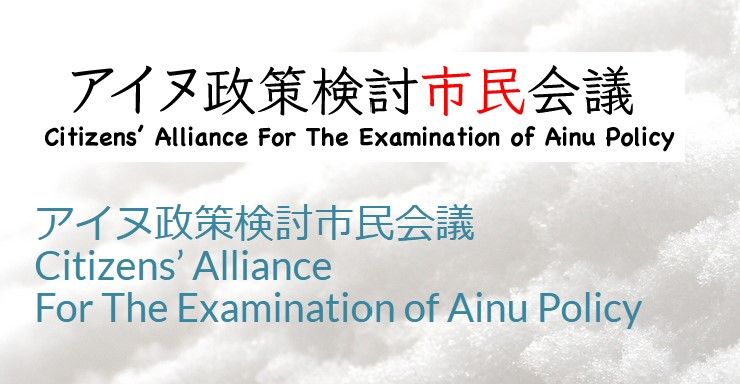CEMiPoS Statement Against Two Hokkaido Municipalities’ Decisions Over Highly Radioactive Waste

On 9 October 2020, the town of Suttsu in Hokkaido, located along the coast of the Sea of Japan, applied to be considered for preliminary research as part of the Japanese government’s process of selecting a municipality as a final disposal site for highly radioactive waste from nuclear power plants. Within a day, it was followed by the village Kamoenai near the nuclear power plant in Tomari. These two municipalities aim to receive huge subsidies from the Japanese government in exchange for undergoing research. Since the municipalities revealed their intentions this August, they have met the objection of key actors: local residents of Suttsu and Kamoenai, anti-nuclear citizens’ groups, surrounding municipalities, and the city of Sapporo and the Hokkaido Prefectural government. Both municipalities, however, rushed to a conclusion without taking into consideration these objections. According to an outspoken opponent in Kamoenai Masao Takimoto, a quasi-governmental body in Tokyo called the Nuclear Waste Management Organization has been operating behind the scenes.
In October 2000, Hokkaido established an ordinance pledging not to accept any nuclear waste disposal site within the prefecture. The Hokkaido Prefecture and the city of Sapporo cited this ordinance in their objections to Suttsu and Kamoenai’s plans as soon as they had surfaced in August. Surrounding municipalities have also objected, making the following three demands of Suttsu and Kamoenai: that they should ensure transparency of their discussions for making these plans; they should take neighboring municipalities into consideration; and finally, they should reconsider on the ground that many residents living in Suttsu and Kamoenai are skeptical of the safety of the nuclear waste disposal site (The Asahi Shimbun, 25 August 2020). Although residents of the two municipalities have declared that they are against the applications in town halls, their mayors and assemblies have ignored them.
Through their applications, the municipalities are infringing the rights of the Ainu as well, as Suttsu and Kamoenai both have strong connections to Ainu history. To begin with, the name Suttsu is derived from Supki-pet in the Ainu language, and Kamoenai is named in Japanese after the Ainu place name Kamuy-nai. These Ainu names reveal that these areas have been inhabited by the Ainu for centuries. Hokkaido was once a land of freedom for the Ainu, as mentioned in the preface of the masterpiece Ainu Shinyo Shu written by the gifted Ainu poet Chiri Yukie almost 100 years ago. Nevertheless, as Kayano Shigeru, symbol of the revitalization of Ainu culture and language, wrote in his work Ainu no Ishibumi, Japanese settlers invaded Hokkaido in the Edo Period (1603-1868) and forced his ancestors to work for fisheries managed by the Japanese to exploit natural resources in the sea. He explains that in the Meiji Period (1868-1912), Japanese settlers flooded Hokkaido to deforest his village Nibutani as well as other Ainu communities for profit, unilaterally replacing Ainu rules for sustainably using natural resources with colonial law.
Indigenous peoples, including the Ainu in Hokkaido, have experienced dispossession of their land, territories, resources, language and culture by the present states under colonial law. In order to redress the historical injustices imposed against them, the General Assembly of the United Nations adopted the United Nations Declaration on the Rights of Indigenous Peoples (UNDRIP) in September 2007, following more than two decades of discussion between states and Indigenous peoples. The UNDRIP is not a legally binding instrument but offers normative significance and is often referred to in binding judicial procedures (Hossain 2020). Japan, which voted for the UN Declaration, is obliged to ensure the rights of its Indigenous peoples, including the Ainu, in accordance with the UNDRIP as well as legally binding instruments such as the International Covenant on Civil and Political Rights, the International Covenant on Economic, Social and Cultural Rights, and the International Convention on the Elimination of All Forms of Racial Discrimination.
The UNDRIP explicitly requires that states: consult and cooperate in good faith with Indigenous peoples and obtain their free, prior and informed consent before adopting and implementing legislative or administrative measures that may affect them (Article 19); take effective measures to ensure that no storage or disposal of hazardous materials shall take place in the lands or territories of Indigenous peoples without their free, prior and informed consent (Article 29); and obtain the consent of Indigenous peoples prior to the approval of any project affecting their lands and other resources, particularly in connection with the development, utilization or exploitation of mineral, water or other resources (Article 32). In Norway, one of the leading states in promoting and protecting the rights of Indigenous peoples, King Harald V publicly made an apology to the Sami people in October 1997 for the repression they suffered under colonialism, stating that the Norwegian state is founded on the territories of two peoples: the Norwegians and the Sami. As Norwegian history is interwoven with Sami history, it can be said that Hokkaido is also founded on the history of Japanese settlers and Ainu people.
To conclude, the municipalities of Suttsu and Kamoenai disparage not only the livelihood and safety of their local residents through their application for screening, but also their obligations toward the Indigenous Ainu. The municipalities are legally, ethically and historically obliged to obtain the Ainu’s free, prior and informed consent, as their decision affects Ainu land. CEMiPoS condemns these two municipalities for their rough-and-ready decision to apply for the Japanese government’s preliminary research as it conflicts with the norm of modern democracy, which requires states to protect Indigenous people’s rights for intergenerational equity, and sustainably use land and natural resources for intragenerational equity. In Suttsu, a new citizens’ group called “No Nuclear Waste for Children in Suttsu” submitted the signatures required to demand their municipality to hold a referendum over its application on 7 October, and declared a campaign to implement the referendum in cooperation with ten more citizens’ groups in Hokkaido the next day (NHK Web News, 8 October 2020). We at CEMiPoS will support the local residents' opposition movement demanding the revocation of the application.
Reference
Hossain, Kamrul. 2020. “A legal opinion on indigenous peoples’ rights and their applicability in Japan’s legal system.” CEMiPoS. Accessed 9 October 2020 at https://cemipos.org/legal-opinion-kamrul-hossain/
NHK Web News. 8 October 2020. Accessed 16 October 2020 at https://www3.nhk.or.jp/sapporo-news/20201008/7000025518.html
The Asahi Shimbun. 25 August 2020. Accessed 16 October 2020 at https://www.asahi.com/articles/ASN8S6SMTN8KIIPE01T.html




